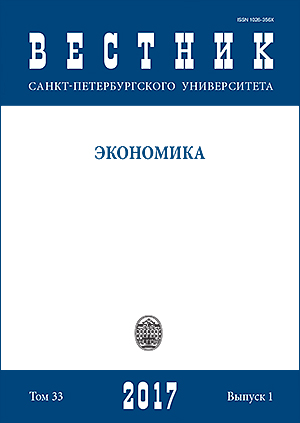Problems And Prospects Of Russia’s Economic Growth
DOI:
https://doi.org/10.21638/11701/spbu05.2017.103Abstract
This article examines the patterns of economic growth in Russia. It demonstrates that while the discussions focus on the problems of the short-term growth and the incentives therefor, the growth problems are more important in the long-term perspective. The article evaluates the future growth potential of Russia under various assumptions within the framework of standard methods of economic growth prediction. If the current tendencies persist, the next two decades will show a considerably lower growth of the GDP of Russia than within the previous 15 years, due primarily to the sharp decrease in the availability of labor. Besides, the better part of the potential for the increase in productivity is already exhausted. The growth of the GDP of Russia will stay below two percent per annum.
Keywords:
growth of Russian economy, total factor productivity, demographics
Downloads
References
Downloads
Published
How to Cite
Issue
Section
License
Articles of the St Petersburg University Journal of Economic Studies are open access distributed under the terms of the License Agreement with Saint Petersburg State University, which permits to the authors unrestricted distribution and self-archiving free of charge.






